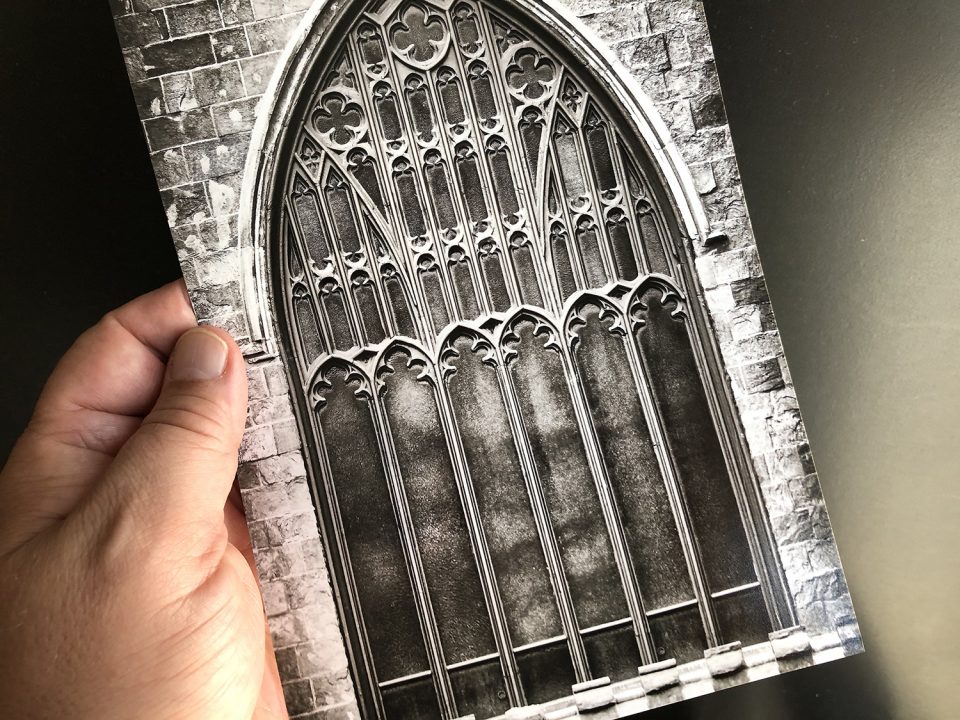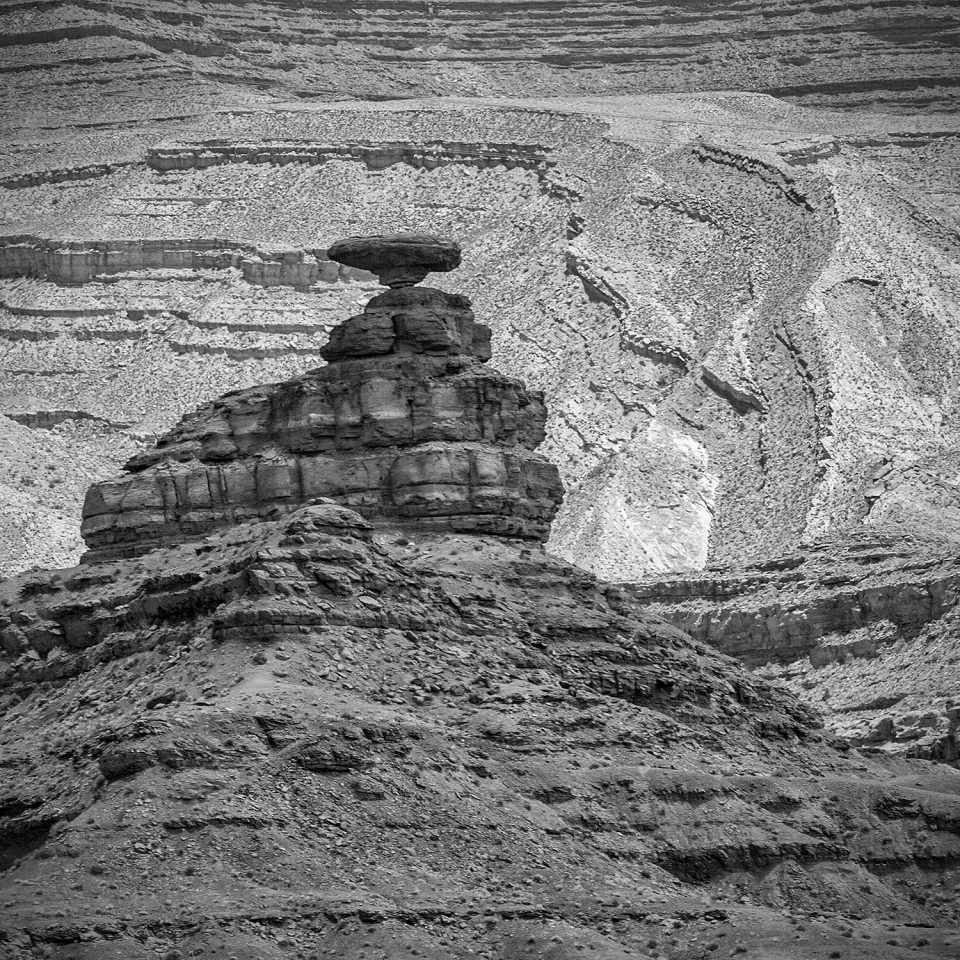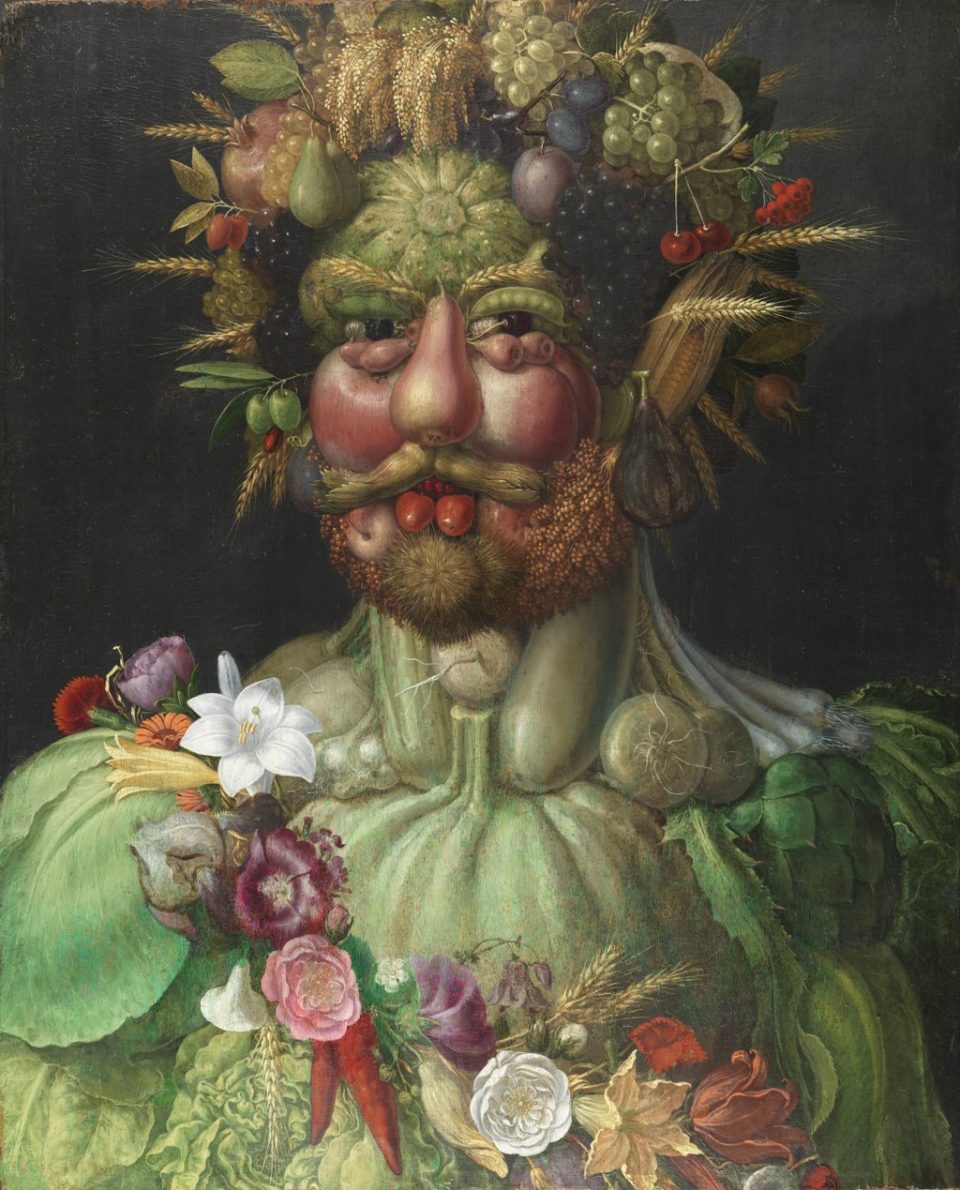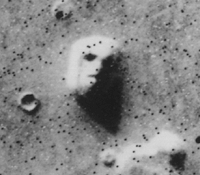If you post your photographs on social media very often, you’ve no doubt experienced comments from people saying they see a human face or other recognizable shape where none should exist in your images. It happens to me several times a year.
I had this experience recently when a lot of people, both online and in person, identified spooky faces in a photograph of the windows of an old church that now serves as the home to the Salem Witch Museum. In this case, I wonder how much the context matters — in other words, are people seeing spooky faces in the window glass because they know it’s the witch museum?

I often don’t even see them in my own images until someone points them out. What those people are experiencing is the phenomenon known as “Pareidolia.”
What is pareidolia?
Pareidolia is the tendency of the human mind to recognize something familiar, like a human face or other identifiable figures, in random textures or patterns, where no face should exist. For a more official definition, let’s turn to Merriam-Webster which says this,”the tendency to perceive a specific, often meaningful image in a random or ambiguous visual pattern.”
Wikipedia says “Pareidolia is the tendency for incorrect perception of a stimulus as an object, pattern or meaning known to the observer, such as seeing shapes in clouds, seeing faces in inanimate objects or abstract patterns, or hearing hidden messages in music. Pareidolia can be considered a subcategory of apophenia.”
According to Live Science, the word pareidolia comes from the Greek root words para, meaning something wrong or instead of, and the noun eidōlon, meaning image, form or shape. Pareidolia is a type of apophenia, which is a more generalized term for seeing patterns in random data.
As mentioned before, we’ve all seen familiar shapes in clouds. In Tennessee, we have a state park with the bizarre name “Frozen Head,” which sounds like a name resulting from a grisly crime scene, but the name actually refers to a human profile that can be identified on a highly visible mountainside rock face. In Utah, there is a rock formation called the “Mexican Hat,” which looks vaguely like a hat balanced on top of a rock formation.

Probably the most common case of Pareidolia in the West is seeing the face of a man in the moon. But in Japan, they see a different thing — they see a rabbit making mochi or lucky rice cakes. Once that celestial rabbit was pointed out to me, I can see it too, with long ears curled back over his body. However, if you perform a web search for rabbit on the moon, you’ll find many interpretations of the image. Apparently there are many different rabbits on the moon.
As I said, I get quite a few comments on certain photographs from people online or in-person, who see faces in the tree trunks, or in rock patterns, or in windows of architectural photographs, and things like that. But of course, it doesn’t have to be a photograph for Pareidolia to take place.
Giuseppe Arcimboldo was an Italian renaissance artist who painted portraits of men in ornate modes of dress, but they weren’t paintings of men at all, but instead paintings of fruits and vegetables placed strategically to resemble human faces. His famous portrait, “Rudolf II, Holy Roman Emperor painted as Vertumnus, the Roman god of the seasons,” uses a pear for a nose, apples for cheeks, and pea pods for eyelids.

If you’ve ever seen something familiar in a Rorschach inkblot test, you’ve experienced pareidolia.
There’s a famous photograph of a rock formation on mars that looks very much like a human face. It’s an effect of shadows on the rocks. If you see the same formation with the sun hitting the rocks from a different position, the face has gone away.

There have been a lot of news stories where people see a face in something like a tortilla, or a tree stump. In Tennessee, someone found the face of Mother Teresa in a cinnamon roll. There was another story of seeing the Virgin Mary in a slice of toast.
What causes Pareidolia?
The Live Science website cites a study in Finland that “found that people who are religious or believe strongly in the supernatural are more likely to see faces in lifeless objects and landscapes.”
The same Live Science article said that pareidolia may have evolved as a survival tool. “Carl Sagan, the American cosmologist and author, made the case that pareidolia was a survival tool. In his 1995 book, The Demon-Haunted World – Science as a Candle in the Dark, he argued that this ability to recognize faces from a distance or in poor visibility was an important survival technique. While this instinct enables humans to instantly judge whether an oncoming person is a friend or foe, Sagan noted that it could result in some misinterpretation of random images or patterns of light and shade as being faces.”
A Wikipedia article about Pareidolia includes a circle with three short horizontal lines. Not only does this most basic symbol look like a human face, we can even interpret a mood or emotion from it.
Hannah Margaret Allen wrote on Inverse that pareidolia results for two important neurological reasons. First, because our brains are designed for “massive amounts of parallel processing,” which allows us to quickly identify patterns. Her second reason is that “our perception is an active constructive process,” meaning that we identify a pattern and quickly reference it to a large catalogue of references in our minds, allowing us to assign a match to familiar objects.
So, most likely, pareidolia developed in us as a survival tool, but it was once considered by psychologists to be a mental illness. Now, we are training everything from computers to digital cameras to CCTV’s to recognize human faces, and computers, just like humans experience pareidolia — they identify false positives, seeing human faces in places where none actually exist.
Thanks for reading.
Be sure to visit me on Facebook, Instagram or Pinterest, or on my website at keithdotson.com.
~ Keith
** This post includes Amazon Affiliate links. I may earn a small commission on qualifying purchases.
